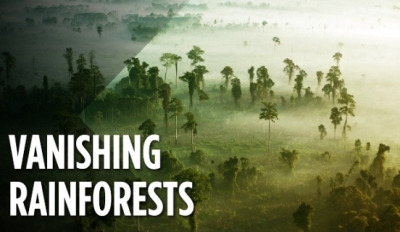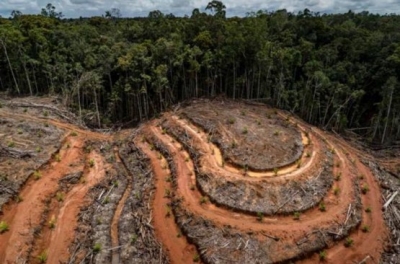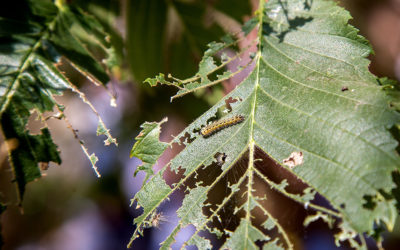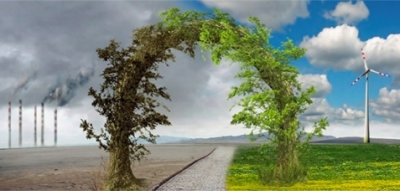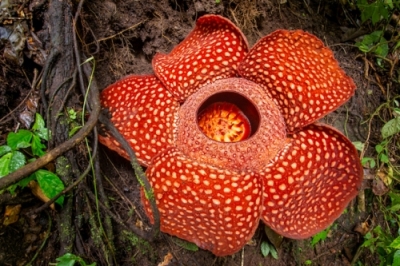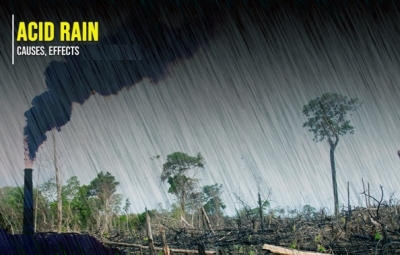
Imagine a world in which most of the trees are dead, where leaves and flowers are spotted with disease, and fruits can’t grow. It wouldn’t be a very nice world. But many scientists fear that’s what our world may be like someday – if we don’t do something now about air pollution.
Air pollution begins when gases from cars, factories, lawn mowers, and burning wood enter the air. Acid rain forms when certain chemicals from air pollution rise up and mix with the water in the clouds.
The rain or snow that falls from these polluted clouds harms the leaves of trees. The trees slowly lose their leaves and die. Acid rain also soaks into the soil and damages plants and crops. Many of the world’s forests – especially the pine forests of northern Europe – are suffering from the effects of acid rain.
Air pollution is a very serious problem. But scientists and many other people are working very hard to clean up the air and keep it clean, for the sake of all the world’s people and plants.
Picture Credit : Google

